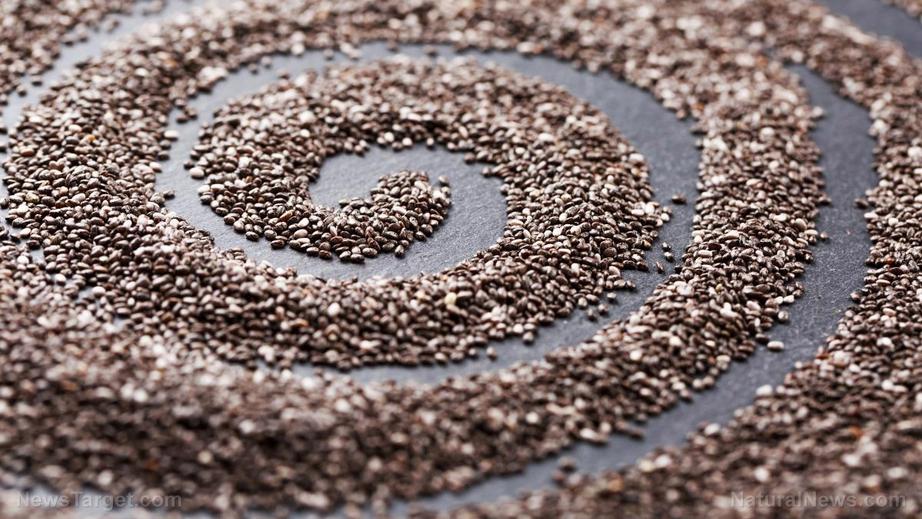Stronghold of all the world’s seeds in the Global Seed Vault reaches the one million mark
The world’s largest repository of crop seeds recently celebrated its 10th-year anniversary. And to mark the occasion, it received shipments of more than 70,000 additional crop varieties from a total of 23 different institutions for it to store. This new shipment just about bumped up its number of stored seeds over the one million mark.
Indeed, from the first shipments of crop seeds back in 2008, the Svalbard Global Seed Vault in Norway now has a number of deposits that amounts to a little over a million in total. A report from the U.K.’s BBC noted that this total number doesn’t include certain emergency withdrawals of about 90,000 crop seeds, which were needed to make up for the seed samples that got stranded in Syria because of the ongoing conflict there.
According to Marie Haga, the Executive Director of the Crop Trust, the major seed bank plays an important role in the preservation of the human species. “The Svalbard Global Seed Vault is an iconic reminder of the remarkable conversation effort that is taking place every day, around the world and around the clock – an effort to conserve the seeds of our food crops,” she explained.
“Safeguarding such a huge range of seeds means scientists will have the best chance of developing nutritious and climate-resilient crops that can ensure future generations don’t just survive, but thrive.”
The seed vault has truly come a long way since it was first opened 10 years ago. It received deposits of more than 300,000 different kinds of seeds during its first year and it kept storing more and more as the years went by. Various countries from around the world have contributed to it, including the U.S., Russia, and even North Korea. Its capacity to store 4.5 million varieties of crops means that it has now almost completely filled one out of the three chambers it has for storage.
Jom George Dale, the Minister of Agriculture for the Norwegian government, said in a statement that the 10-year anniversary is a major milestone for the seed vault. “It comes at a time when agriculture is facing multiple challenges from extreme weather and the demands of a world population expected to reach 10 billion people by 2050,” he said.
“This means it is more important than ever to ensure that the seeds – the foundation of our food supply and the future of our agriculture – are safely conserved.”
To date, 73 different institutions from the world over have deposited seed crops in the seed vault. It is said that the vault is opened about twice each year in order to make such deposits, and the most recent additions include new varieties of rice, wheat, and maize. Unusual crops such as the Estonian onion potato are also present in the vault, along with barley that is used to brew Irish beer.
In theory, the existence of such a seed vault should be a no-brainer. After all, mankind should make an active effort to preserve the main sources of food crops for all the respective parts of the world where it’s possible to grow them. However, the notion that the seed vault is truly meant for the good of mankind is brought into question when you consider the fact that among its biggest funding sources are biotech agriculture giants like Monsanto, Syngenta, and a few others.
In any case, it seems as though any big secrets that are being kept in the confines of the seed vault deep beneath the Arctic ground will remain secrets for now. If the vault can do its job of keeping all of its stored seed crops safe, then it’s a net win for all of humanity.
Sources include:
BBC.com
CropTrust.org

